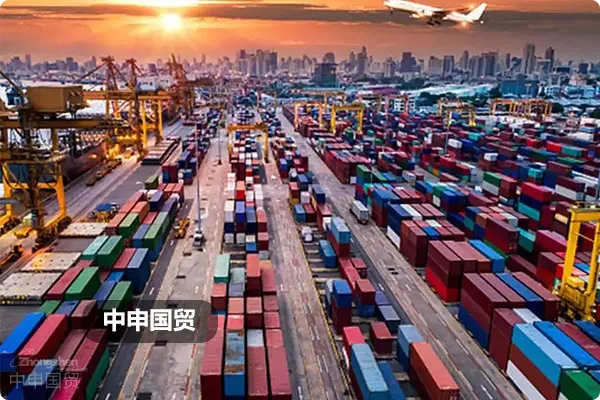- Shanghai Zhongshen International Trade Co., Ltd. - Two decades of trade agency expertise.
- Service Hotline: 139 1787 2118

Contents
ToggleEuropean and American EngineeringEquipment ImportsNew market trends
The total import volume of construction machinery in Europe and America is projected to exceed $32 billion by 2025, with notable demand growth in categories such as special cranes, tunnel boring equipment, and intelligent welding systems. It is worth noting that,The newly implemented amendment to the EU Machinery Directive 2006/42/ECThe update cycle for CE certification standards for 28 types of equipment has been shortened to 18 months, and U.S. Customs regulations for engineering equipmentIt is recommended to verify through the following methods:The intensity of Ming's review has increased by 40% year-on-year.
The three core challenges in customs clearance practices
Based on the 217 cases of European and American equipment imports we have handled, enterprises primarily face:
- Technical Compliance Blind Spots
- Please translate the following Chinese into English: EU CE certification extended to device software system verification
- The U.S. OSHA has added 11 new equipment safety inspection indicators.
- Tariff costs out of control
- The difference in tax rates caused by misclassification of HS codes can reach up to 27%.
- The proportion of additional tax calculations not considering FTA terms accounts for 63%.
- Fluctuation in logistics lead time
- Heavy equipmentMaritime TransportationNew regulations on lashing lead to an average 5-day extension in port stay.
- The non-compliance rate of IPPC marks on wooden packaging increased by 22% year-on-year.
The value realization path of professional agency services
PremiumImport RepresentationA trinity solution should be provided:
- Pre-admission review system: Completed the compliance renovation of equipment technical documentation 120 days ahead of schedule.
- Tariff Optimization Model: Utilizing Article 8 of the WTO Valuation Agreement to Determine the Customs Value
- Emergency response mechanism: Establish a customs AEO mutual recognition channel to shorten the dispute resolution cycle.
Breakdown of Typical Project Operation Process
Taking the import of German shield machines as an example:
- Phase 1(60 days before signing)
- Confirm that the equipment software module complies with the EN ISO 12100:2025 standard.
- Pre-declaration of HS code 8430.49 under the 3% preferential tariff rate.
- Phase 2(30 days before shipment)
- Arrange for TUV SUD to conduct an on-site safety assessment.
- Design multimodal transport solutions to bypass the congestion period of the Suez Canal.
- Phase 3(After arrival)
- Adopt the "Split Declaration of Equipment Functions" strategy to reduce the VAT base.
- Lock in regulatory risks through the pre-classification ruling system of customs.
Four Golden Criteria for Selecting an Agency
- Qualification Verification:Holds both AA-class customs declaration qualifications and FIATA multimodal transport licenses.
- In-depth case database: Complete at least 5 full import cases of equipment in the same category.
- Service network:We have our own customs clearance teams in the ports of Hamburg, Rotterdam, and Los Angeles.
- : Document review process, historical data of error rates: Equipped with a customs classification database and real-time regulation update system
It is worth noting that,The "Special Inspection on Steel Products" jointly conducted by European and American customs in 2025Traceability of steel components for engineering equipment has been achieved. It is recommended that importers specify suppliers' material traceability obligations in contracts. Through professional agency services, a heavy industry company successfully reduced its overall import costs by 18% and shortened the equipment commissioning cycle to 60% of the industry average.
Related Recommendations
? 2025. All Rights Reserved. Shanghai ICP No. 2023007705-2  PSB Record: Shanghai No.31011502009912
PSB Record: Shanghai No.31011502009912










